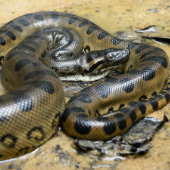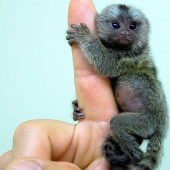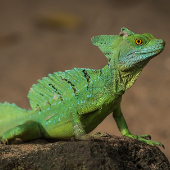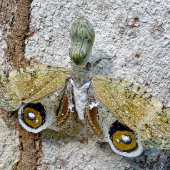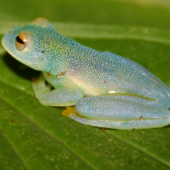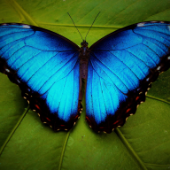World’s biggest rodent; live in groups of 10-30 individuals; eat up to 8 pounds of grass a day
Enlarged head mimics a lizard's head to pave the way towards escaping predators; It's wings have spots that appear like an owl's eyes
They are responsible for consuming more vegetation than any other animal
The largest land mammal in the Ecuadorian and Peruvian Amazon, but it ranks among the Jaguar’s favorite prey
The smallest primate species found in the Peruvian and Ecuadorian Amazon; live in groups of 6 individuals
Solitary by nature and mostly hunt at night; their prey in the Amazon include monkeys, birds, wild pigs, armadillos, and capybara
It is the heaviest and most powerful raptor in the Americas; sloths and monkeys form part of its diet.
Known as the "stink bird" due to the manure-like odor caused by its unique digestive system
Fruit-eating birds that are usually found in the canopy layer of the rainforest
The heaviest and one of the longest known snake species; non-venomous snakes, killing their prey by suffocation before swallowing it whole
They can run on the surface of water such as a pond or stream at a speed of 5 miles per hour, and for up to a distance of 20 meters
You can see its abdomen, heart, liver, and various other organs; tadpoles freely flow from the trees and fall directly into the water upon hatching
They sleep in tree holes during the night and active during day time; live in groups of 2 to 8; make use of scent marks or songs for making their presence known on their territories
They keep the rivers clean by removing dead leaves, fish, and other organic materials; their presence is a sign of the ecological well-being of a given area of the river
Wings are so bright that they can be seen by pilots flying over the rainforest

